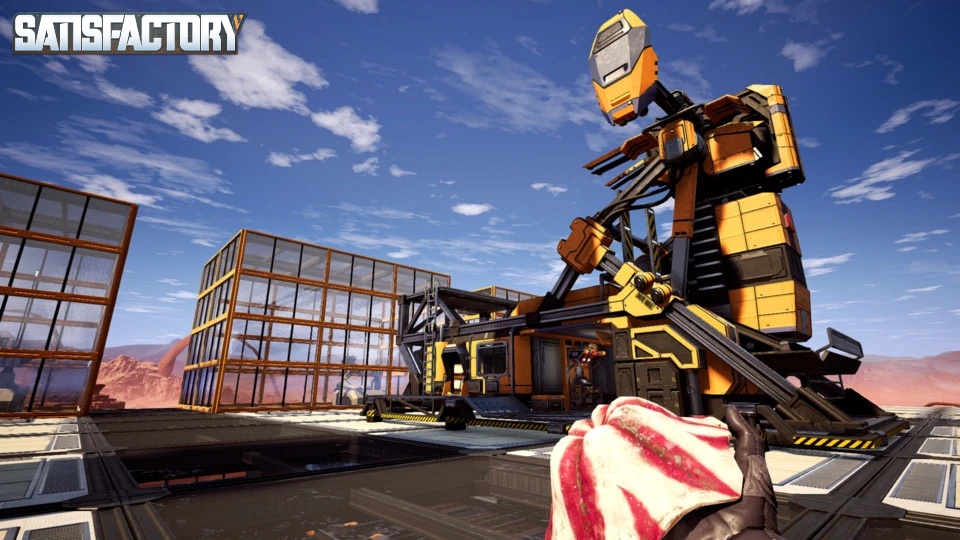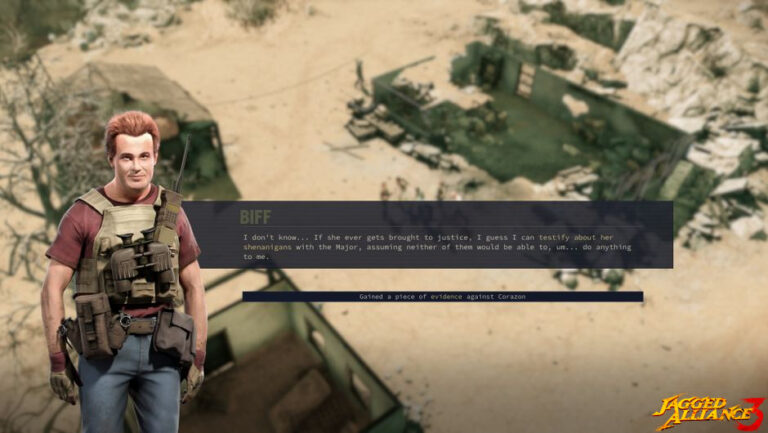Satisfactory: How To Organize Factory. Organizing your factory efficiently in the game “Satisfactory” can greatly enhance your productivity and make it easier to manage your operations. Here are some best practices for organizing your factory:
- Plan your layout: Before starting construction, spend some time planning the layout of your factory. Consider factors such as production flow, space utilization, and future expansion. Plan for separate areas for different production lines to avoid clutter and confusion.
- Main Bus system: Implement a Main Bus system, which involves creating a central “bus” that runs through your factory and carries the main resources. This bus acts as a backbone, with separate production lines branching off from it. It simplifies resource transportation and allows for scalability and modular expansion.
- Use foundations and verticality: Utilize foundations to create a structured grid system for your factory. This helps align structures, machines, and conveyors neatly, making it easier to navigate and troubleshoot. Additionally, consider using verticality by building multi-story structures or using ramps to optimize space and improve accessibility.
- Build dedicated production areas: Group similar production processes together in dedicated areas. For example, have a separate area for smelting, another for assembly, and so on. This segregation keeps your factory organized and prevents cross-contamination of resources and materials.
- Optimize conveyor belt layouts: Use a combination of straight, curved, and stacked conveyor belts to optimize the flow of resources. Ensure that belts are properly connected, avoiding bottlenecks or congestion. Use splitters and mergers strategically to distribute resources evenly and avoid overloading.
- Label and color-code: Use labels and color-coding to identify different production lines, storage areas, and resources. This visual organization helps you quickly locate specific components and troubleshoot any issues that may arise.
- Create storage and buffer systems: Implement storage containers and buffer systems strategically throughout your factory. These help prevent production interruptions and provide a backup of resources during high-demand periods. Use smart splitters to automatically fill containers evenly from your production lines.
- Plan for expansion: Leave room for future expansion as you design your factory. Consider potential upgrades, additional production lines, and new technologies. Having a flexible and scalable layout will save you time and effort later when expanding your operations.
- Automation and power management: Utilize automation features and power management systems to streamline your operations. Connect your machines and equipment to power grids and set up automation using smart splitters, programmable logic controllers (PLCs), and conveyor belts. This reduces manual work and ensures efficient resource allocation.
- Maintain cleanliness and organization: Regularly clean up your factory by removing unnecessary structures, optimizing layouts, and improving workflows. Keep your inventory organized and remove any clutter that may hinder your productivity.
By following these best practices, you can create a well-organized and efficient factory in “Satisfactory” that maximizes your production capabilities and enhances your gameplay experience.
Table of Contents
Satisfactory: How To Organize Factory
So you believed that managing a factory would be simple. Despite its name, satisfactory can be rather irritating, and it’s typically our own fault. Your factory will quickly degenerate into chaos if you’re not too strong on organization.
Fortunately for you, we have learned from our mistakes and have created a list of advice that will help you steer clear of them. Here are the most effective techniques to set up your factory in Satisfactory without further ado.
Best Practices for Satisfactory Factory Organization
It’s incredibly simple to mix up your arrangement and run the risk of unintentionally cutting the main powerline that powers the entire factory, which would put everything to a complete stop. You can use our top five suggestions for structuring your factory to prevent all that mess. This advise will be especially helpful if you’re just getting started on a new project, but you can still use it if you’ve already started and realized that you’re in over your head.
Tip 1: Lay the Groundwork
Build your factory on foundations to prevent being at the whim of the local landscape. To keep things organized and in check, use concrete platforms and strive for straight angles whenever possible. Depending on the scale of your factory, you may need to adjust your ideas as you grow, but clean surfaces and lines are key (especially when it comes to pipes and conveyor belts).
Alternately, you can entirely circumvent the restrictions imposed by the local relief and construct in the sky or across several levels—just make sure your transit system can keep up.
Learn More: Roots Of Pacha: How To Get Milk
Tip 2: Multiple Levels Are Your Friends
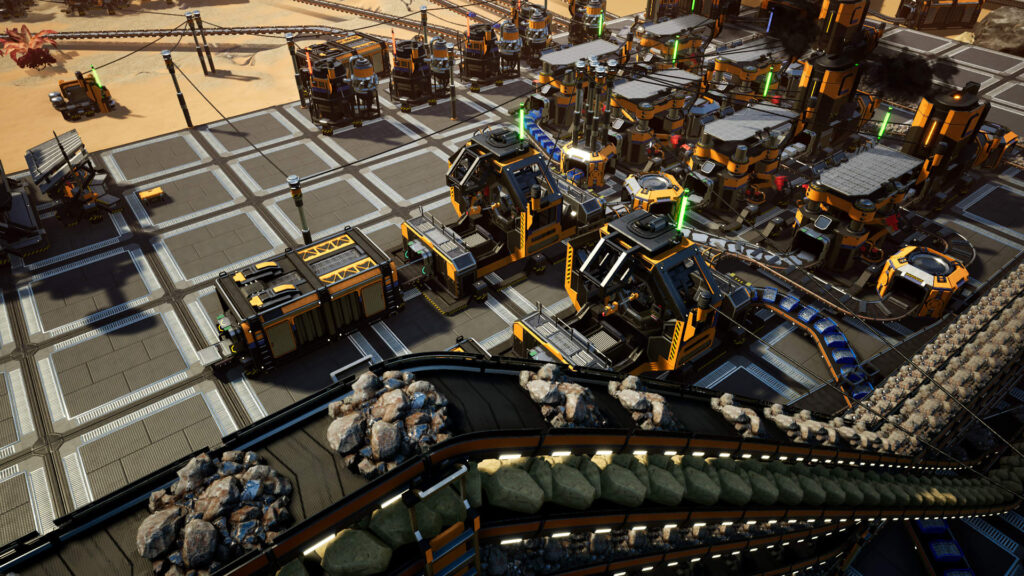
Verticality is quite helpful when playing Satisfactory, regardless of whether you’re using pathways or completely distinct floors. You should strive to keep distinct areas of your factory (for example, the production department) separate. Ideally, you will have a clear notion of your input and output when you start developing your factory layout and build according to that. If you can’t maintain everything OCD immaculate, verticality can help you realize that more neatly. If necessary, you can even store untidy logistics beneath the floor; just make sure the floor height is at least eight meters to avoid claustrophobia.
Tip 3: Remain with basic shapes
While it’s simple to be inspired by the cutting-edge architecture around you or by the work of other players, we advise beginners to start out with simple geometry since you definitely aren’t Zaha Hadid just yet. As a result, start with squares and circles as the foundation of your design and work outward from there. As you grow and become more accustomed to the practicalities of it all, you can experiment later. Oh, and always give yourself more room than you initially believe you need—trust us on this one.
Tip 4: Manage Your Pipes
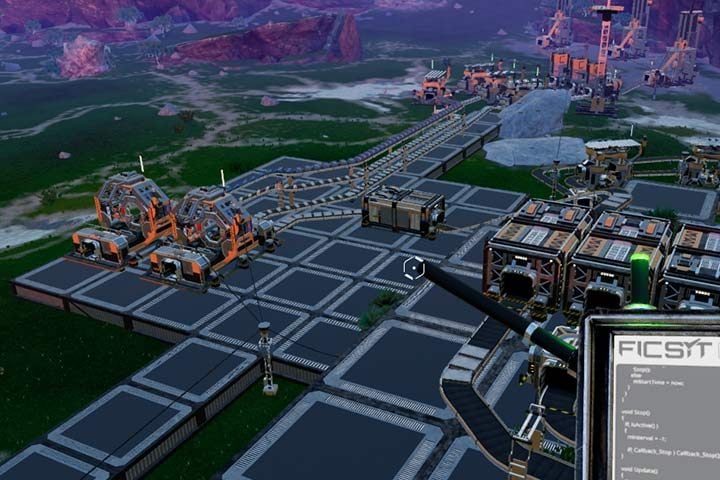
Pipes, like conveyor belts, can swiftly spiral out of control in Satisfactory. Maintaining straight lines and aiming for 90-degree angles will help you prevent clipping. Use pipe splitters to connect multiple machines to a single pipe without being afraid to do so. You can also utilize splitters to send fluids to separate levels if you heed our instructions about verticality.
Tip 5: Use Power Poles Properly
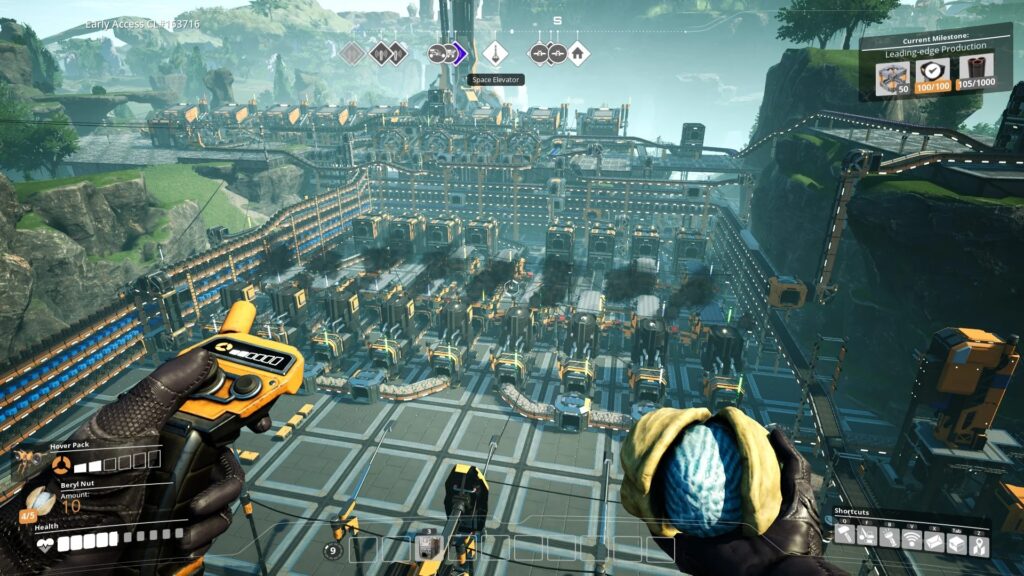
In this game, electricity is a crucial issue to consider when planning your enterprise. Since your options are rather constrained at start, we advise aligning your machines and buildings and setting electricity poles as closely as possible to the structures. Stick to straight angles, just like with other game features; even if that means adding an extra pole or two, it will all seem neater and more arranged if you do.

